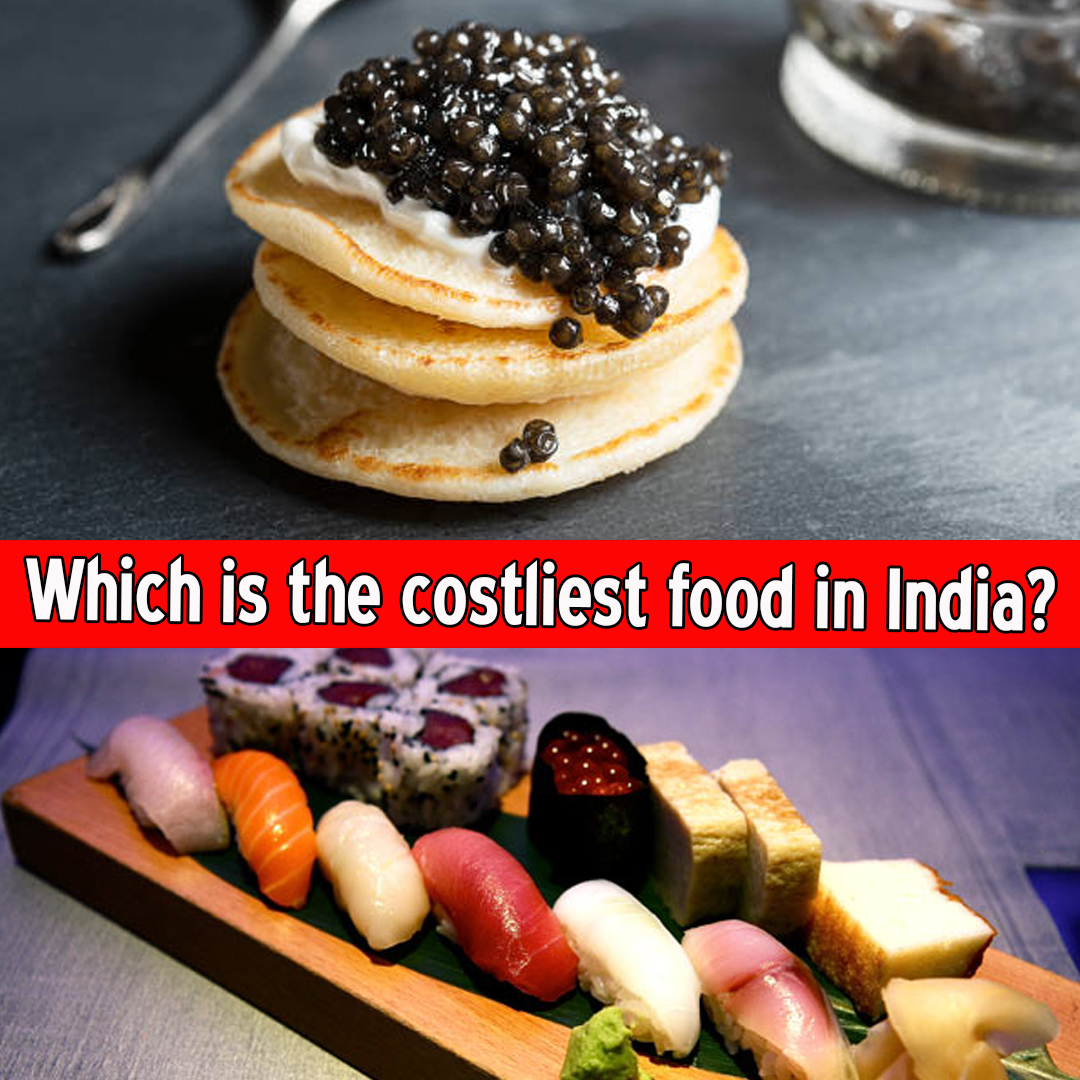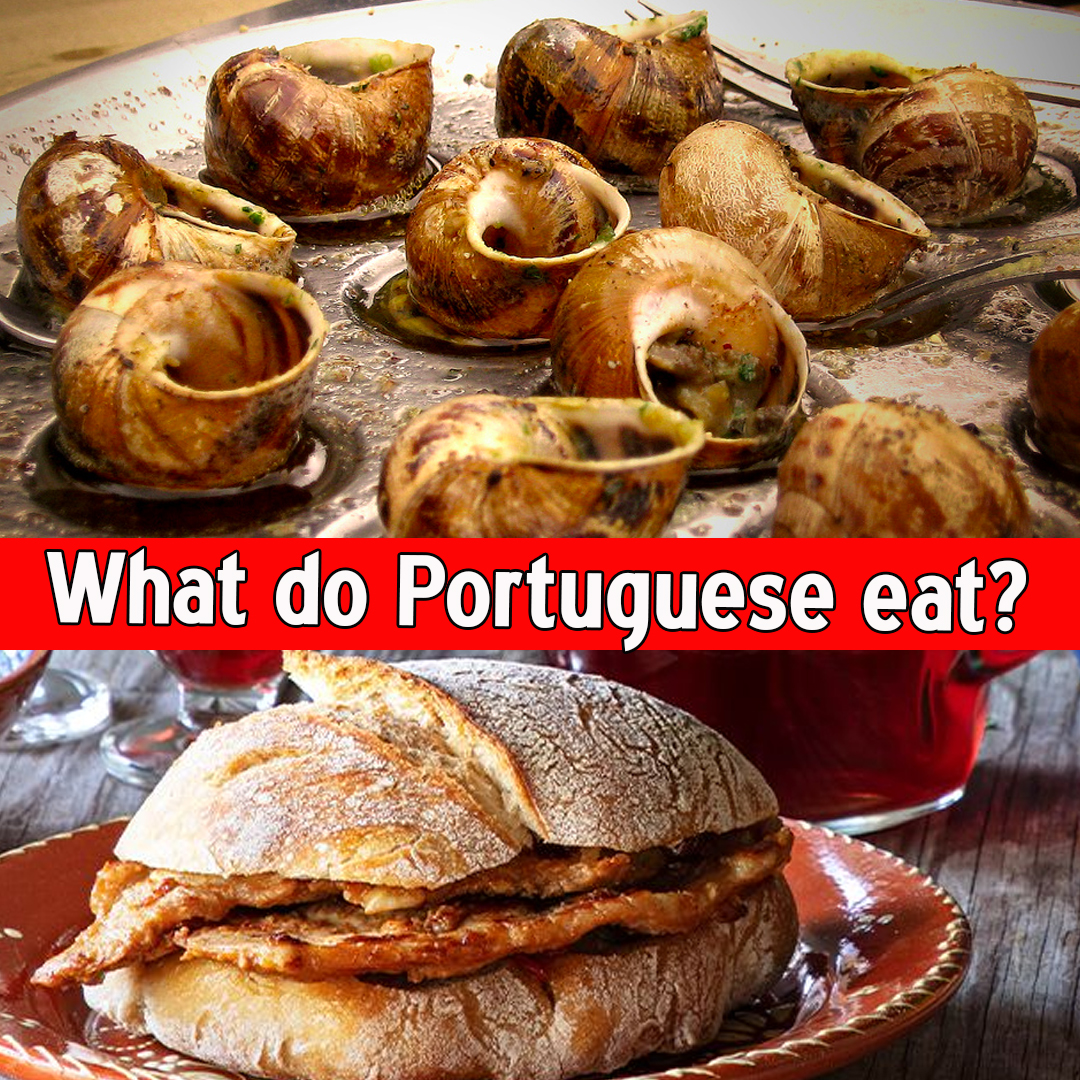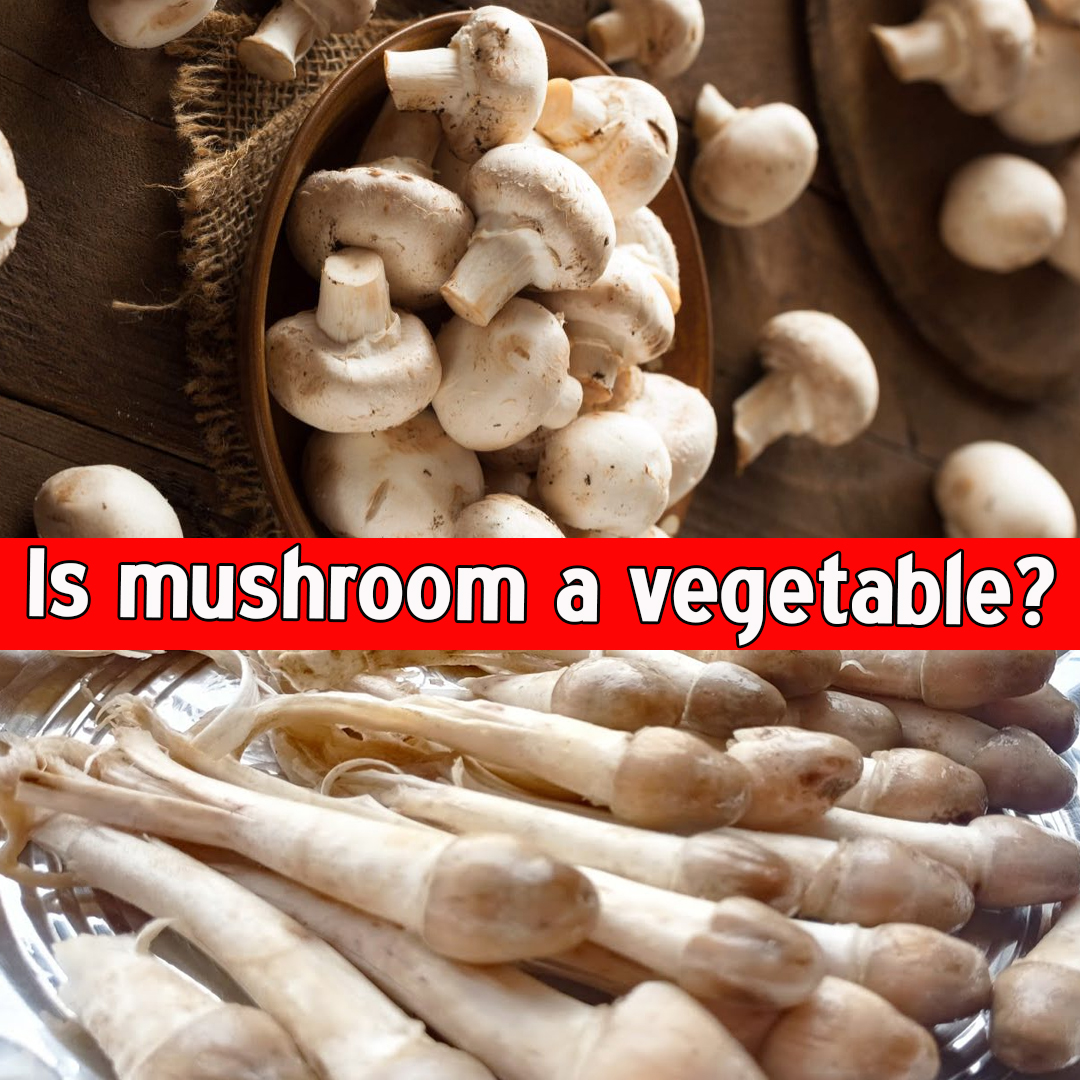Which is the Costliest Food in India?

Which is the costliest food in India?
Introduction: Luxury on a Platter
India, known for its rich culinary traditions and vibrant street food, also offers a side of luxury that often surprises the uninitiated. Beyond the biryanis and butter chickens, a world of extravagant, rare, and incredibly expensive foods awaits the discerning palate. These luxurious edibles aren’t just about taste—they represent status, heritage, health benefits, and often, rarity. Which is the costliest food in India?
So, which is the costliest food in India? While there are several contenders, wild Himalayan mushrooms (commonly known as Gucchi) and Edible Gold Biryani often claim the top spot. But the answer depends on context: Are we talking about ingredients, single servings, or gourmet dishes?
1. Gucchi Mushrooms – The King of Expensive Ingredients
Price: ₹20,000 to ₹30,000 per kilogram
Region: Himalayas (Jammu & Kashmir, Himachal Pradesh, Uttarakhand)
Gucchi mushrooms, also known as Morchella Esculenta, are wild, spongy, honeycomb-textured mushrooms that grow in the Himalayan forests. They’re nearly impossible to farm, as they require very specific weather conditions—moisture after snowfall, sunlight, and rich decaying wood matter.
Why So Expensive?
- Rarity: Found only in the wild and harvested manually.
- Harvest Difficulty: Hunters climb treacherous terrains in spring to gather them.
- Short Season: Only available for 2-3 months in a year.
- Aromatic Flavour: Rich umami flavor, used in premium pulaos and Kashmiri dishes.
- Health Benefits: Rich in antioxidants and minerals.
Who Buys Them?
- Luxury hotels and fine dining restaurants.
- Exported to France, Italy, and Switzerland.
- Health-conscious elites and gourmet chefs.
2. Edible Gold Dishes – The Bling on a Plate
Price: ₹10,000 to ₹30,000+ per dish
Popular Locations: Dubai, Mumbai, Delhi, Hyderabad
Edible gold, usually in the form of 24-karat gold leaf, is used to adorn gourmet food. Gold doesn’t have a taste but symbolizes opulence. In India, several high-end restaurants serve:
Popular Gold Foods:
- Gold Biryani – A biryani layered with lamb, kebabs, saffron, and wrapped in gold leaf.
- Gold Ice Cream – Scoops served with edible gold, saffron, and dry fruits.
- Gold Vada Pav – A street-food staple turned luxury item in Mumbai.
- Gold Paan – A digestive made with betel leaf and 24K gold foil.
Why So Expensive?
- Gold Cost: 24K edible gold is safe but rare and expensive.
- Presentation: Served with imported crockery and luxury cutlery.
- Experience: It’s more about prestige than taste.
3. Saffron (Kesar) – Red Gold of India
Price: ₹250,000 to ₹300,000 per kilogram
Region: Pampore, Jammu & Kashmir
Saffron, derived from the flower Crocus sativus, is the world’s most expensive spice by weight. India’s Kashmiri saffron is considered one of the best in the world, thanks to its strong aroma, deep red color, and potent flavor.
| Read more – What is the nicest Indian dish? |
Why So Expensive?
- Labor-Intensive Harvesting: 75,000 flowers to make just 500 grams.
- Short Blooming Period: Each flower blooms only once a year.
- Manual Processing: Delicate threads are handpicked and dried.
- Medicinal Uses: Used in Ayurveda, skincare, and fertility treatments.
- Culinary Value: Essential for biryanis, kheer, desserts, and even milk.
4. Gir Cow A2 Milk – The Luxury Milk
Price: ₹150 to ₹500 per liter
Location: Gujarat, Maharashtra, Karnataka
Gir cows, a native Indian breed, produce A2 milk, believed to be healthier and closer to human breast milk. Unlike regular milk, A2 milk doesn’t contain the A1 beta-casein protein, which some studies link to digestive issues.
Why So Expensive?
- Low Yield: Gir cows produce only 8-10 liters per day.
- High Maintenance: Grazing and care for Gir cows is intensive.
- Nutritional Benefits: Claimed to improve immunity, digestion, and mental health.
Luxury Positioning:
- Sold in glass bottles with doorstep delivery in metro cities.
- Markets target health-conscious parents, elders, and fitness experts.
5. Kopi Luwak Coffee (Civet Coffee)
Price: ₹20,000 to ₹80,000 per kilogram
Available At: Gourmet cafes in Mumbai, Bengaluru, and select online stores
Kopi Luwak is made from coffee beans eaten, digested, and excreted by a civet cat. The digestive process enhances the bean’s flavor profile, giving it a smooth, low-acidity taste.
Why So Expensive?
- Rarity: Civet cats eat selectively, and beans are harvested from droppings.
- Processing: Handpicked, sun-dried, and delicately roasted.
- Taste: Smooth, chocolatey, and rich.
- Ethical Concerns: Some farms confine civets—ethical sourcing matters.
6. Elver Fish (Glass Eels)
Price: ₹6,000 to ₹8,000 per kilogram
Location: West Bengal, Assam, Northeastern India
Elvers, or baby eels, are considered a delicacy in parts of Northeast India. They’re extremely rare, seasonal, and difficult to catch.
Why So Expensive?
- Fragile Ecosystem: Breeding and catching are highly regulated.
- Demand Abroad: Particularly in Japan and Korea.
- Cultural Significance: Considered a treat during tribal festivals.
7. Black Rice (Chakhao)
Price: ₹300 to ₹500 per kilogram
Region: Manipur and Northeast India
Once called “Forbidden Rice,” black rice was reserved for royalty in ancient China. In India, Manipur’s indigenous black rice is rich in antioxidants, fiber, and iron.
Why So Costly?
- Organic Farming: Grown traditionally with no chemicals.
- Small Yield: Limited land and season.
- Nutritional Value: Reduces cholesterol, boosts immunity.
- Exclusivity: Used in gourmet desserts and international cuisines.
8. Caviar in India – Imported Luxury
Price: ₹5,000 to ₹20,000 for 100g
Available in: 5-star hotels, gourmet stores
Caviar—salted fish eggs—doesn’t originate in India, but high-end restaurants import varieties like Beluga or Sevruga caviar from Europe and the Caspian Sea.
Why So Expensive?
- Scarcity: Comes from endangered sturgeon species.
- Aging: Aged like wine for taste and texture.
- Exclusivity: Consumed by billionaires and dignitaries.
- Serving Style: Often paired with vodka, crackers, or blinis.
9. Mithai with a Million-Dollar Tag
a. Gold Ghari (Surat)
- Cost: ₹9,000 to ₹12,000 per kg
- Traditional sweet with pure ghee, dry fruits, and gold leaf.
b. Silver-Plated Soan Papdi
- Exclusive Diwali gift packs priced at ₹5,000+
- Decorated with edible silver and rose petals
Why So Expensive?
- Premium Ingredients: Saffron, ghee, pistachio, almonds, cardamom
- Luxury Packaging: Velvet boxes, glass jars, and personalization
- Cultural Sentiment: Gifting high-value sweets is symbolic in Indian festivals
10. Luxury Dining Experiences in India
India’s most luxurious restaurants offer chef-curated meals that include imported ingredients, vintage wines, and plated art.
Examples:
- Ziya (Oberoi, Mumbai) – Multi-course tasting menus with foie gras, lobster, and saffron caviar.
- Indian Accent (Delhi & Mumbai) – Fusion Indian with truffle oil, duck confit, and molecular gastronomy.
- Wasabi by Morimoto (Taj Mahal Hotel) – Premium sushi with fresh fish flown in from Tokyo.
These meals can cost ₹10,000 to ₹50,000+ per couple, especially when paired with wine or cocktails.
Conclusion: The Price of Luxury on the Indian Plate
India’s costliest foods are a blend of rarity, luxury, health, and heritage. From wild Himalayan mushrooms and gold-coated biryani to the exotic civet coffee and royal black rice, each item tells a story of tradition, exclusivity, and extravagance.
So, which one is truly the most expensive?
- Ingredient-wise: Kashmiri saffron and Gucchi mushrooms top the list.
- Dish-wise: Gold-plated biryani wins for presentation and price.
- Health luxury: Gir cow A2 milk and black rice offer a nutrition-packed splurge.
Whether you’re a connoisseur seeking the best or just curious about what a ₹25,000 mushroom tastes like, India’s luxurious foods continue to intrigue and inspire.
Would you like a curated luxury food trail across India or a breakdown of these foods’ health benefits?















Leave a Reply